
Table of Contents

Manual vs Electric Wheelchairs – One of the most significant choices in choosing a mobility tool is selecting between a manual and an electric wheelchair. Any option has unique pros and cons, and the best selection for you depends entirely on your individual lifestyle, physical needs, and budget. In this article, we will look at the differences between manual and electric wheelchairs so that you can make an informed decision.
Manual Wheelchairs: Simplicity and Independence
The Simple and Independent solution, manual wheelchairs are usually self-propelled or propelled with the help of a caregiver. They also tend to be lighter, less expensive, and easier to maintain than electric models. To many, a manual wheelchair’s best feature is its straightforwardness. Since they depend on human propulsion, these wheelchairs promote physical activity and may gradually help to improve upper-body strength. This can be particularly useful for physically fit people who can move without assistance.
Manually propelled wheelchairs also have a major advantage in terms of portability. They’re typically foldable, so they’re easier to transport in cars and store in tight spaces. It is easy to build a manual wheelchair without needing batteries, charging systems, and complex control systems. That simplicity leads to fewer possible mechanical problems and lower long-term care costs.
That said, manual wheelchairs aren’t for everyone. If you have less upper body strength, fatigue quickly, or simply have trouble traveling the distance, a manual wheelchair can be physically exhausting. Here, the absence of motorized support can act as a hindrance, making mundane activities difficult to carry out independently.
➜ Our top 05 picks for the best Manual Wheelchair – 2025
Electric Wheelchairs: Enhanced Comfort and Advanced Features
Greater Comfort and Cutting-Edge Technology In contrast, electric wheelchairs differ by featuring motorized support to help your load. Electric wheelchairs are powered by rechargeable batteries and controlled through a joystick or other intuitive interface for a smooth, almost effortless ride. This can be transformative for people with limited strength or chronic pain or who have conditions that make manual propulsion difficult.
One of the most remarkable features of electric wheelchairs is that they can easily tackle different terrains. Most of these wheelchairs are equipped with advanced control systems, enabling adjustable speed settings, programmable routes, and improved maneuverability. For traveling longer distances — indoors in large facilities or outdoors over irregular terrain — electric wheelchairs provide far more comfort and convenience.
Electric wheelchairs are also popular among tech junkies and people who value modern technology and extra features. Most models now offer at least some accessories, including adjustable seating, USB ports, and customizable controls, letting users customize their mobility experience. However, added features can also add weight and cost to electric wheelchairs compared to manual alternatives. They also need maintenance from time to time, including battery charging and repairs of electrical components, which may increase the ownership cost.
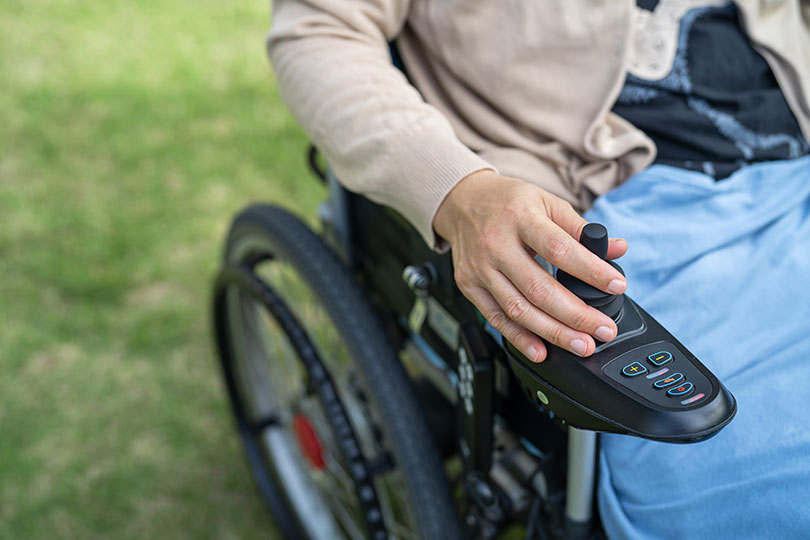
Things to Keep in Mind
1. Physical Ability and Endurance:
Consider your current physical condition. If you have good upper-body strength and enjoy some degree of physical activity, a manual wheelchair may be your optimal choice. On the other hand, if you are fatigued or have limited mobility, a motorized wheelchair can also provide proper support without requiring extra effort.
2. Lifestyle and Usage:
Consider where and how you will be using your wheelchair. Manual wheelchairs are lighter and more adjustable to fit small environments (ideal for indoors and short travels). Electric wheelchairs are the best option if you need to cover longer distances or if you are outdoors on uneven terrain.
3. Budget and Maintenance:
Manual wheelchairs generally cost less to purchase and cost less to maintain. Electric wheelchairs have more technological advancements and are easier to operate, but they typically have a higher up-front price point and will require ongoing costs for replacement batteries and other repairs.
4. Portability:
If you travel a lot or need a portable wheelchair, think about the device’s weight and foldability. Manual wheelchairs tend to be more compact and lightweight when unfolded, while electric versions, though they’re being manufactured with portability in mind more and more often, can still be heavier to transport.
Final Thoughts
Deciding whether you need a manual or electric wheelchair is a matter of balancing your personal needs with the features of each type. Manual wheelchairs are best suited for individuals seeking simplicity, affordability, and compact design, whereas electric wheelchairs provide increased comfort, convenience, and a variety of high-end assists to accommodate long distances and various terrains.
Assess your mobility needs, lifestyle, and budget before making a decision. Working with healthcare providers and testing various models will also give you better insights into the type of wheelchair that will support your independence and quality of life. By doing your homework with the right data, you can make a choice about the wheelchair that will allow you to live a more active and rewarding lifestyle with confidence.





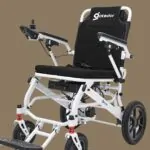

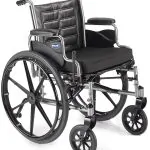
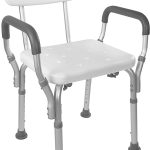
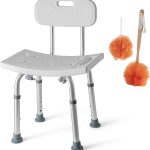

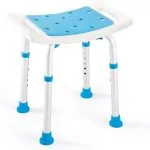



No Comments